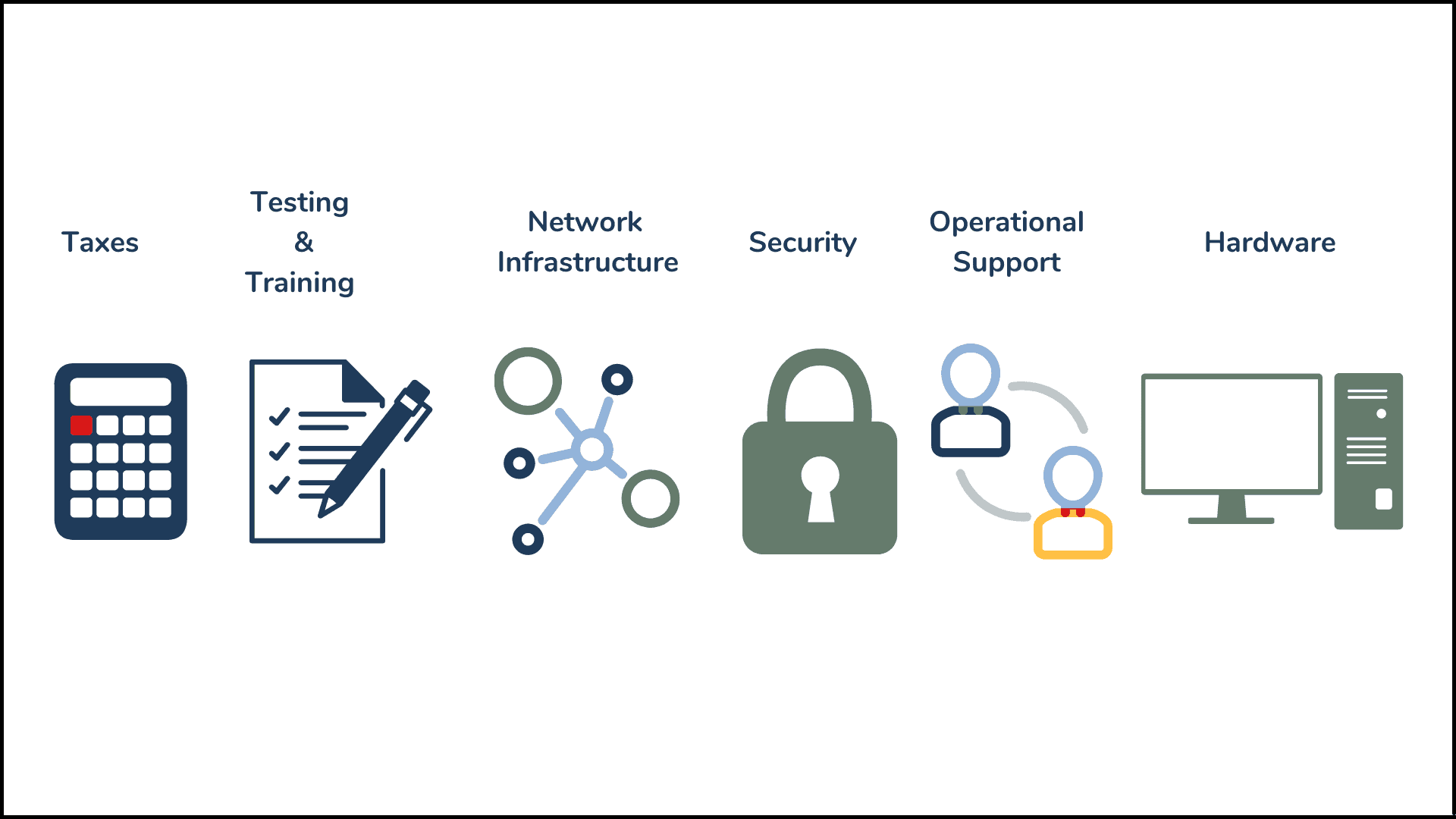DaaS, also known as Digital Workspace, Digital Desktop, or Cloud Desktop, is a virtual desktop delivered to end-users over the internet. It’s quickly becoming a viable alternative to the more old school, in-house Virtual Desktop Infrastructure (VDI). DaaS has a number of benefits, but it is most notable for its ability to allow safe, secure workstations for at-home employees.
DaaS allows you to leverage a third party to manage end-user software and security. You’re not replacing jobs; you’re using a third party for the grunt work while your team focuses on more strategic initiatives.
The Challenges that Come with Remote Employees
In today’s post-Covid, work-from-anywhere world, there’s a large struggle within IT departments to manage end-user solutions and infrastructure. It’s become even more complicated due to several factors:
- Supply chain issues and end user preferences make hardware management a hassle
- Coordinating patching and updates is a never-ending battle
- IT is responsible for hundreds of applications for thousands of users, all in different areas
- Security is an even larger concern as worker’s home networks may not be fully secure
How Does DaaS Help?
With the DaaS model, the provider hosts the applications and data. They push out images to a browser, no matter the hardware or the location of the end user. DaaS moves computing power to a data center, and the user’s screen shows gives a window into what’s happening there.
Today, top DaaS vendors have products that support real-time audio and video. These solutions are flexible and provide low-latency managed services without the need for new hardware. With DaaS, your users connect through a browser – that’s it. You can quickly spin up new employees without a loss of productivity. It provides a universal experience for everyone in the company, even though there can be different application sets for C-level vs. entry-level users.
The Long-Term Benefits of DaaS
- Cost: Compared to Non-cloud operating models, DaaS can lead to cost savings of up to 50% over a 3 year period
- OpEx vs. CapEx: The licensing model for DaaS helps you avoid CapEx. Instead of difficult calculations of hardware and software costs for each end user, you have just one monthly recurring expense
- Faster onboarding: No more navigating hardware shipments, multiple software licenses, and network demands
- Less stress on your IT team: With DaaS, a vendor augments your team to provide end-user support. This lets your team get out of the weeds and focus on more strategic initiatives.
- Standardized security: DaaS provides a guaranteed secure way for your end users to connect to needed applications. Cut down on cloud security costs while also gaining standardization for end users
Want to learn which DaaS vendor could be right for you or if there are other ways to help your operations? Contact us to discuss your needs.


.png)


